- Joined
- Jul 26, 2013
- Messages
- 584
Ok, thanks Mike... 
I'll get to that maybe tomorrow afternoon.
Brian
I'll get to that maybe tomorrow afternoon.
Brian
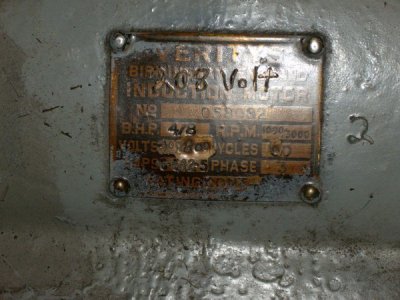
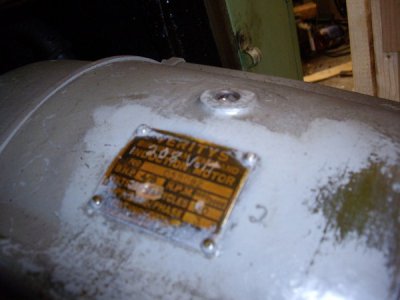
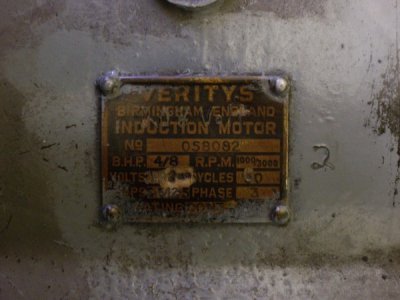
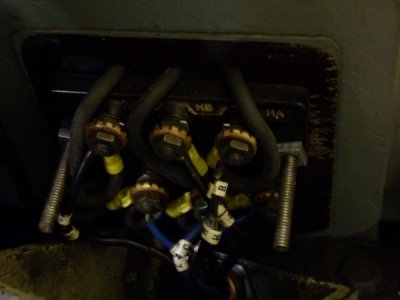
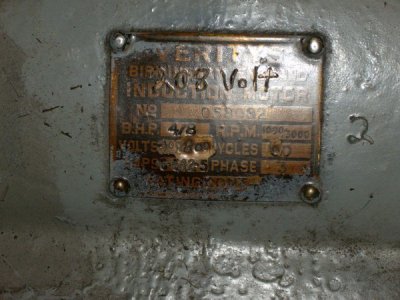
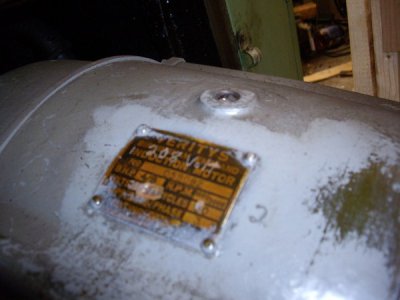
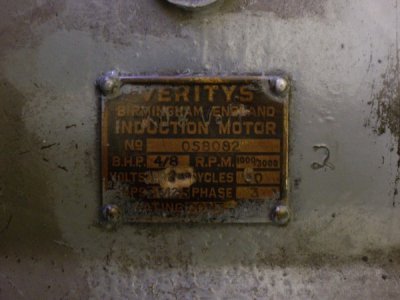
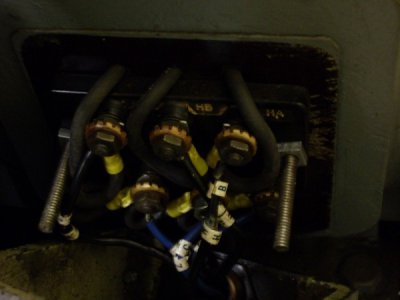
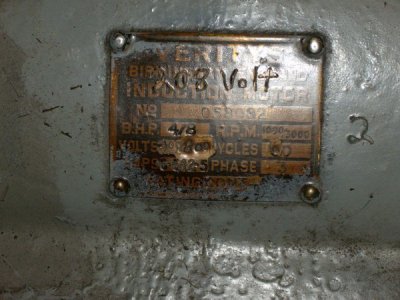
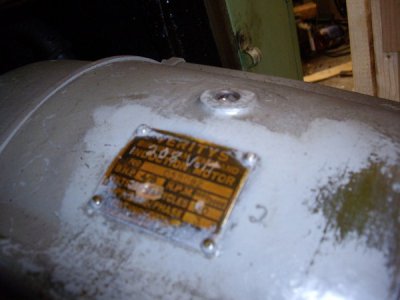
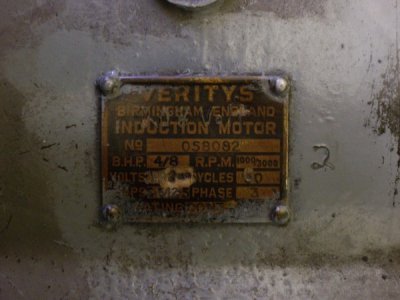
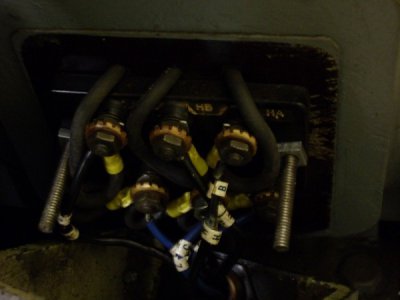
The contactor on the left ( the one that doesn't engage ) has three white wires coming to the bottom of the contactor and there aren't any white wires that are wired into any of the motor leads. In addition, these white wires are of braided wire, while all of the original wiring inside the panel is solid copper, so I assume that this may have been done when the two motors were rewound.
I removed the flash guards on the contactors and found some wear and slight pitting on the contacts, but nothing jumped out at me. I removed each hold-down spring and cleaned up the copper contact areas while I was at it.
Canadian commercial 3-phase voltages are typically 208v from what I was told. Both of the motors on the mill have been rewound to 208v. Also, the idler motor is a Leeson motor with a 208v rating. My RPC panel was bought out of the U.S.A. and is producing approximately 240v. Is this a concern in the present situation ?
Brian
Hello Mike,
Well, that is all good news. I don't have the base filled with coolant, but I might try to start the pump for just a few seconds and see if the left contactor pulls in.
What do you think the next step might be ?
Brian
